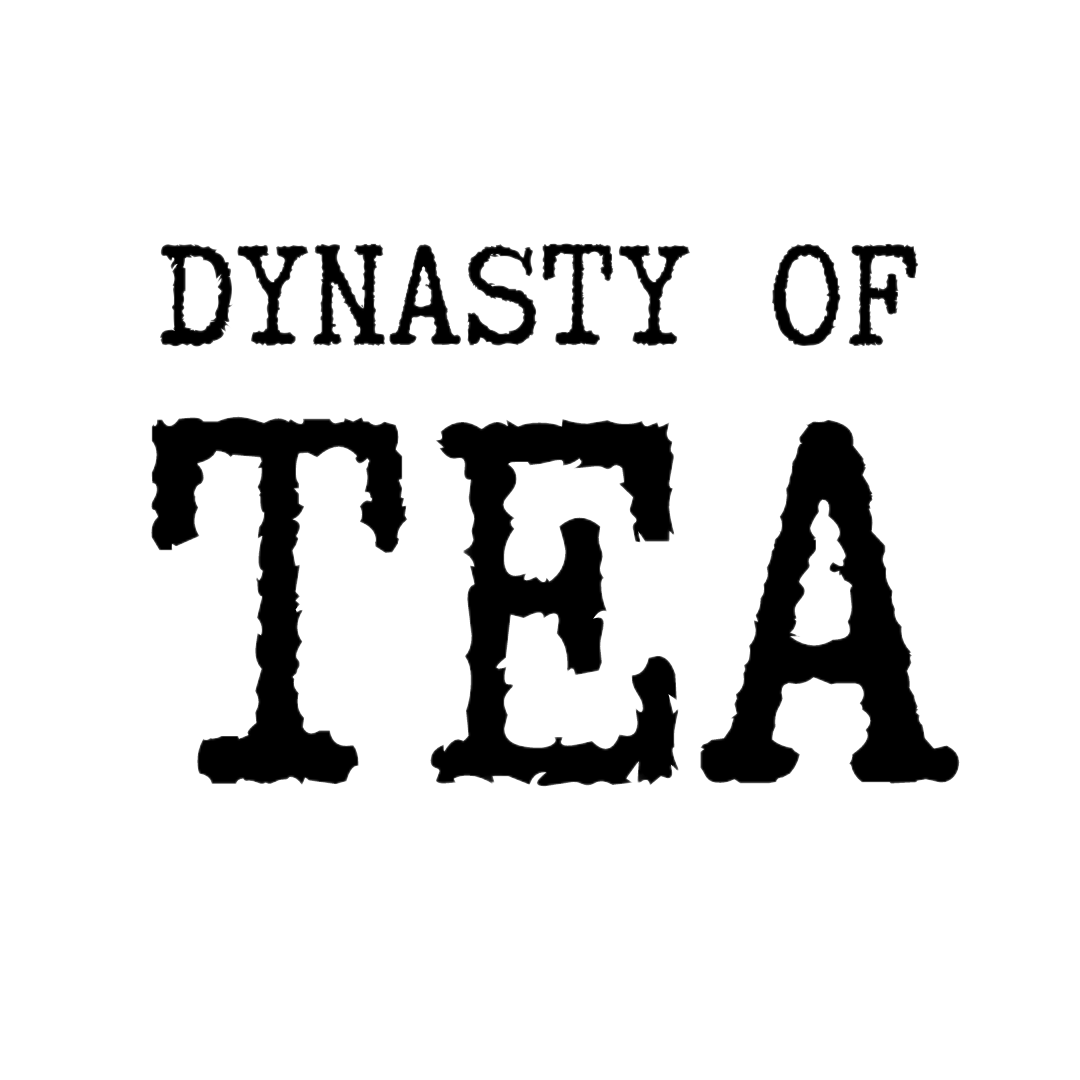Microplastics in Tea Bags: Why our Tea Bags are Better
So you get home from work, make a hot cup of tea with your favourite tea bag and you take a sip. You sigh as you start to relax and unwind on the couch, but would you be so relaxed if you knew about the billions of micro-plastics you were ingesting from that nylon tea bag?
Microplastics have become a serious issue in the human diet, showing up in everything from the fish we catch right down to the water in plastic bottles. But the worst product for micro-plastics is the plastic tea bag made from nylon or polyethylene. A study conducted by McGill University in Canada proves this startling fact, estimating that approximately 11.6 billion micro-plastics and 3.1 billion nano-plastics are released into a cup of tea after steeping one nylon or polyethylene containing teabag at 95 °C. Scary, right?
“But the worst product for micro-plastics is the plastic tea bag made from nylon or polyethylene.”
Picture from National Geographic. https://www.nationalgeographic.com/magazine/2019/05/microplastics-impact-on-fish-shown-in-pictures/
WHY ARE MICROPLASTICS IN TEA BAGS BAD?
There are concerns that microplastics are carcinogenic (potentially cancer causing) and ingesting high levels of these toxic microplastics can have developmental affects on humans.
Not only do microplastics affect us directly, but they also impact us indirectly by negatively affecting marine life. Microplastics that filter into the ocean from items like our used teabags infiltrate zooplankton, tiny animals that form the basis of the ocean’s food chain. This means that if marine life aren’t eating plastics directly by mistaking them for food, they are most definitely consuming it indirectly through smaller animals, like zooplankton. Plastics have the potential to block a fish’s digestive tract, meaning they will either starve to death or die from a full belly of plastic and, therefore, a lack of nutrition. To learn more about the negative impact of micro-plastic ingestion on the survival of fish, read this article by National Geographic.
And if fish are indirectly consuming these micro-plastics through their food, that means we are too. And they are the plastics that we are irresponsibly releasing into the ocean.
WHERE CAN I FIND PLASTIC FREE TEA BAGS IN AUSTRALIA?
Simple! We have taken out the hard work for you by only using biodegradable, compostable, micro-plastic free tea bags, meaning you can enjoy high quality tea without worrying about any nasties.
Micro-plastics can even rub off of plastic materials onto non-plastic materials, something we are very conscious about. That is why we only pack our tea bags in cellophane (a plant based material) instead of plastic to protect them from damage.
Thank you for reading! If you enjoyed our latest blog post, don’t forget to subscribe to our mailing list to find out when our next blog is posted. If you have any questions, leave a comment below or you can contact us on our Facebook, Instagram & Twitter.
Until next time!
~ Chloe
SIGN UP NOW & RECEIVE 10% OFF
READ OTHER BLOG POSTS LIKE THIS
-
Know Your Tea Types
- Jun 21, 2022 What is Pine Needle Herbal Tea? Jun 21, 2022
- Apr 7, 2020 What is Black Wolfberry? Apr 7, 2020
- Mar 11, 2020 What is Zheng Shan (Lapsang Souchong)? Mar 11, 2020
- Feb 26, 2020 What is Hibiscus Herbal Tea? Feb 26, 2020
- Sep 12, 2019 What is Tie Guan Yin? Sep 12, 2019
-
Tea Education
- Aug 22, 2024 Rebalance with our Menopause Sux Tea | Wellness Blend Aug 22, 2024
- Aug 10, 2024 What's The Difference Between Our Chai Teas? Aug 10, 2024
- Jun 28, 2022 5 Teas for Soothing Sore Throats & Coughs | Cold & Flu Teas Jun 28, 2022
- Jun 27, 2022 6 Wonderful Things You Can Do With Black Wolfberry Jun 27, 2022
- Mar 3, 2022 6 Healthy Herbal Teas To Relieve Common Pains Mar 3, 2022
- Feb 10, 2022 7 Cool Things You Can Do With Hibiscus Flowers Feb 10, 2022
- Aug 17, 2021 How Long To Steep Tea and Why: A Guide Aug 17, 2021
- Mar 24, 2020 Stress Relief: The 7 Best Teas for Stress & Relaxation Mar 24, 2020
- Mar 4, 2020 8 Awesome Things You Can Do with Butterfly Pea Flower Mar 4, 2020
- Feb 5, 2020 The Ultimate Tea & Food Pairing Guide Feb 5, 2020
- Dec 21, 2019 Microplastics in Tea Bags: Why our Tea Bags are Better Dec 21, 2019
- Sep 26, 2019 Breakfast Tea Guide: What Tea Should I Have With Breakfast? Sep 26, 2019
- Sep 2, 2019 Tea vs Tisane Sep 2, 2019
- Aug 28, 2019 How is Black Tea Made? Aug 28, 2019
-
Tea Recipes
- Aug 6, 2024 Earl Grey & Edible Flower Shortbread Cookie Recipe Aug 6, 2024
- Jul 11, 2022 Pumpkin Soup Recipe: Easy & Simple Jul 11, 2022
- Jun 27, 2022 6 Wonderful Things You Can Do With Black Wolfberry Jun 27, 2022
- Feb 10, 2022 7 Cool Things You Can Do With Hibiscus Flowers Feb 10, 2022
- Mar 4, 2020 8 Awesome Things You Can Do with Butterfly Pea Flower Mar 4, 2020
- Mar 4, 2020 Hibiscus Sangria: Alcoholic & Non-Alcoholic Mar 4, 2020




